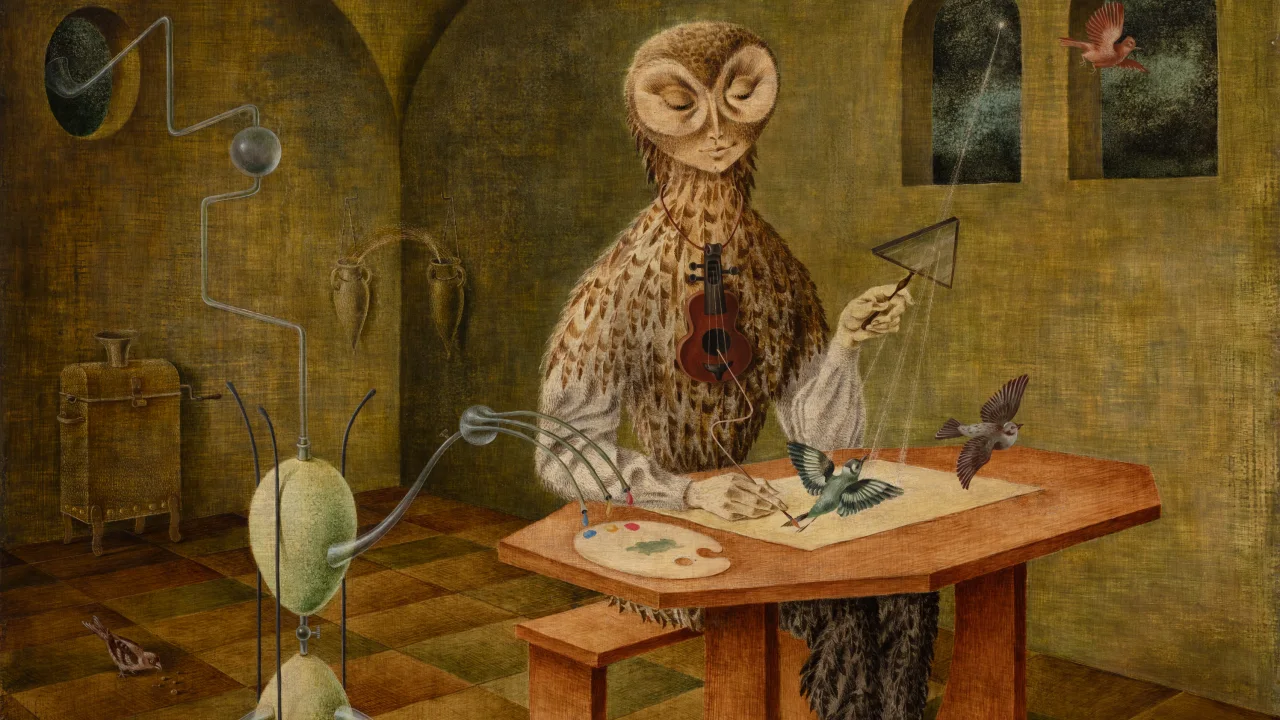Why Remedios Varo, one of the ‘three witches’ of surrealism, continues to fascinate
by Admin

Remedios Varo, one of the ‘three witches’ of surrealism, continues to fascinate
In her Mexico City studio, the artist Remedios Varo — who painted meticulous, fantastical scenes in the mid-20th century — kept all her essentials nearby: paintbrushes, oil paints, graphite, hardboard and luminescent quartz crystals, which she charged by moonlight in hopes of harnessing an arcane energy.
Varo — full name María de los Remedios Alicia y Rodriga Varo y Uranga — was a Spanish emigre who joined the creative milieu that turned Mexico’s capital city into a flourishing center for surrealism, the movement founded in Paris by the writer André Breton in the 1930s and ’40s. Like many of her contemporaries, Varo fled Europe as war bore down on the continent, arriving in Mexico in 1941. It took more than a decade for her to exhibit her work there, but when she did, she left her mark.
While Varo’s all-too-short career made her famous in Mexico — she died at just age 54, from a heart attack — she’s one of the many women surrealists from the mid-20th century who were more widely overlooked until the last decade. Artists such as Salvador Dalí, Joan Miró and Max Ernst have enjoyed a century of fame, while many of the women associated with the movement have been treated with less importance, or framed as “muses.” Eurocentric scholarship often gave more focus to artists working in Paris, as well, despite surrealism’s deep roots in Mexico.
Now, 23 years after Varo’s work last starred in a major museum show in the United States, “Remedios Varo: Science Fictions,” recently opened at the Art Institute of Chicago, bringing together more than 60 of her works to examine the mysteries of both her esoteric subject matter and the complexities of her process.
“(In Mexico) Varo is a name that you hear in the same breath as Frida Kahlo or Leonora Carrington,” said curator Caitlin Haskell, who mounted the exhibition with Tere Arcq, the former chief curator of Mexico City’s Museo de Arte Moderno, which is a partner for the show.
But in the US, few institutions have acquired Varo’s works; a notable exception is New York’s Museum of Modern Art, which added “El Juglar (El malabarista)” — “The Juggler (The Magician)” — to its collection in 2018. The piece now appears at the Art Institute on loan.
“Prior to that, it was extremely challenging to see any works of Varo’s, really, in public collections in the US,” Haskell said, noting that the bulk of Varo’s oeuvre remains in Mexico, thanks to museum donations by her husband, Walter Gruen, after her death.
Remedios Varo, one of the ‘three witches’ of surrealism, continues to fascinate In her Mexico City studio, the artist Remedios Varo — who painted meticulous, fantastical scenes in the mid-20th century — kept all her essentials nearby: paintbrushes, oil paints, graphite, hardboard and luminescent quartz crystals, which she charged by moonlight in hopes of harnessing…
Recent Posts
- Huawei’s new homegrown Chinese smartphone takes on Apple and Android
- Celebrity lookalike contests are taking over the internet. But they aren’t new
- Семейные офисы в Гонконге: их влияние на искусство и филантропию
- Как ИИ используется в образовании, искусстве и автономных транспортных средствах в Катаре
- China’s hottest new tourist attraction is 5,000 feet in the air